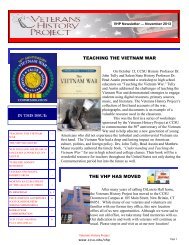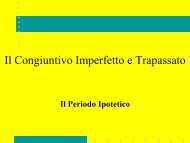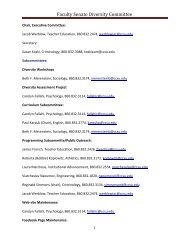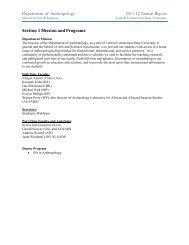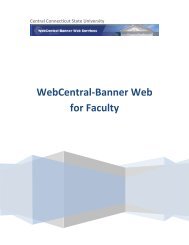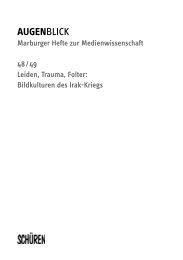Summer 2011 - Central Connecticut State University
Summer 2011 - Central Connecticut State University
Summer 2011 - Central Connecticut State University
You also want an ePaper? Increase the reach of your titles
YUMPU automatically turns print PDFs into web optimized ePapers that Google loves.
20 •<br />
<strong>Summer</strong> <strong>2011</strong> • COURIER<br />
www.ccsu.edu/courier<br />
NEW<br />
books<br />
After the Coup: An Ethnographic Reframing<br />
of Guatemala 1954, edited by<br />
Professor of Anthropology Abigail<br />
Adams, with Timothy J. Smith,<br />
revisits the aftermath of the coup<br />
that ousted the democratically<br />
elected Guatemalan president<br />
Jacobo Arbenz. Contributors to<br />
the book, published by <strong>University</strong><br />
of Illinois Press, frame the<br />
impact of 1954 in terms of the<br />
liberal reforms and coffee revolutions<br />
of the 19th century, as well as<br />
US foreign policy and the genocides<br />
that occurred in the 1970s and 1980s.<br />
Highlighting the voices of individuals<br />
with whom they have lived and<br />
worked, the contributors offer an<br />
unmatched understanding of events<br />
preceding and following the coup.<br />
Professor of Teacher Education<br />
Aram Ayalon’s Teachers as Mentors:<br />
Models for Promoting Achievement<br />
with Disadvantaged and Underrepresented<br />
Students by Creating Community,<br />
published by Stylus Publishing<br />
in May of this year, describes<br />
two successful models of youth<br />
mentoring used by acclaimed<br />
urban schools: Fenway High<br />
School in Boston, Massachusetts, and<br />
the Kedma School in Jerusalem. Using<br />
similar teacher-as-youth mentor<br />
and youth advising models, these<br />
two inner-city schools have broken<br />
the cycle of failure for the student<br />
populations they serve.<br />
Associate Professor of Mathematical<br />
Sciences Darius Dziuda’s book Data<br />
Mining for Genomics and Proteomics,<br />
published last July by Wiley, John<br />
& Sons, Inc., describes efficient<br />
methods for the analysis of gene<br />
and protein expression data. Dziuda<br />
demonstrates how biomedical<br />
studies can be used to maximize<br />
the chance of extracting new and<br />
useful biomedical knowledge.<br />
The Mythological Dimensions of Dr.<br />
Who, edited by Professor of Physics<br />
and Earth Sciences Kristine<br />
Larsen—with Anthony Burdge and<br />
Jessica Burke—explores the mythological<br />
elements predicating the<br />
popular BBC television series Doctor<br />
Who. The book was published<br />
by Kitsune Books last May and<br />
contributors include university<br />
scholars and the founders of the<br />
American Northeast Tolkien Society. Dr. Who<br />
is listed in The Guinness Book of World Records<br />
as the longest-running science fiction television<br />
show.<br />
In a new collection of poems, titled<br />
Deepening Groove, Associate Professor<br />
of English Ravi Shankar investigates<br />
the natural and artificial<br />
world, revealing how people alter<br />
what they perceive even as what<br />
they perceive alters them. There<br />
are poems about dragonflies,<br />
trees, dust, the dark, gators, and<br />
sand, as well as about travel<br />
and love in the landscape of<br />
the modern moment. Deepening Groove was<br />
published by The National Poetry Review<br />
Press in March.<br />
<strong>Connecticut</strong> in the American Civil War:<br />
Slavery, Sacrifice, and Survival by Professor<br />
of History Matthew Warshauer<br />
offers readers a window into the<br />
state’s involvement in a conflict that<br />
challenged and defined the unity of<br />
a nation. The arc of the war is traced<br />
through the battlefield, home front,<br />
and factory. Published by Wesleyan<br />
<strong>University</strong> Press in April <strong>2011</strong>, this<br />
book reveals the varied attitudes<br />
residents had toward slavery and<br />
race before, during, and after the war; <strong>Connecticut</strong>’s<br />
reaction to the firing on Fort Sumter;<br />
the dissent in the state over whether the<br />
sword and musket should be raised against<br />
the South; the sacrifice of those who served<br />
on the front and at home; and the need for<br />
closure after the war.



